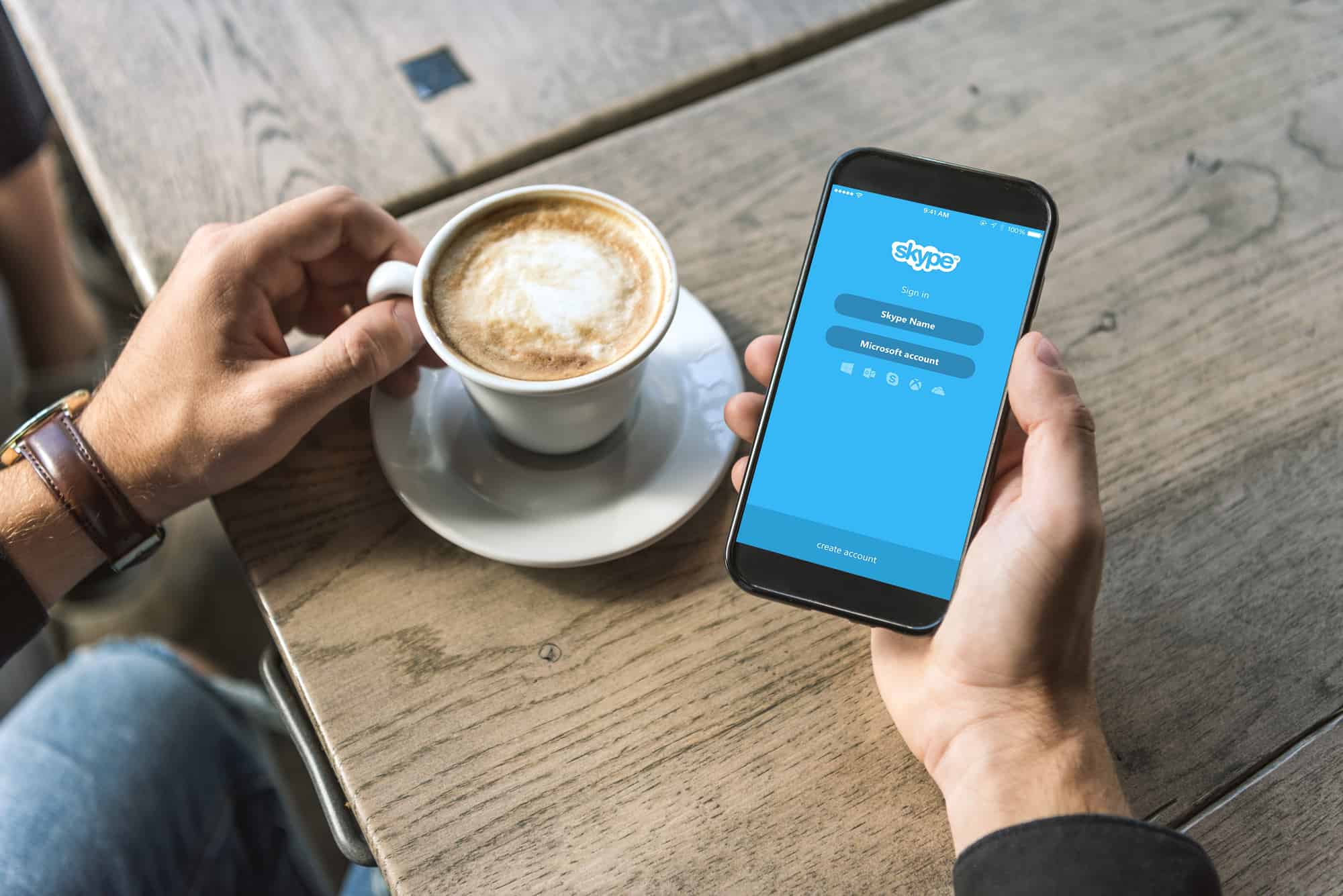The UK is one of the only countries in the world to be lucky enough to have an organisation that supports our health and wellbeing for free like the NHS. However, issues in its efficiency are arising that are often out of the control of the organisation itself, but that are having dramatic effects on the quality of service it’s capable of providing to the thousands of patients that visit its hospitals and clinics every day.
Sometimes, small changes to the way an organisation like the NHS can communicate with its customers or patients can make a huge difference to its overall running. For a long time, face-to-face has been a preferred method of communication between patient and doctors and now we are seeing emerging technologies like video call taking precedence. But adopting these kinds of solutions can be a lengthy and inefficient process.
That said, there may be a step that has been missed which isn’t so difficult to implement. The phone has been around since 1876 and can often be overlooked in today’s digital age – but could it be a step in the right direction toward easing some of the pressure from our overworked healthcare professionals?
An apple a day
Waiting rooms across the NHS are constantly becoming busier and busier, and the chance of getting an appointment with your local doctors’ surgery for sooner than in a month’s time are slim. But in our increasingly ultra-connected world, why are patients still crowding like sardines in waiting rooms, putting added and unnecessary pressure on the professionals that are doing their best to diagnose us and point us in the right direction for getting better?
In an attempt to relieve some of the overcrowding that the NHS is experiencing, patients with symptoms of common illnesses like the flu are being advised to stay at home to relieve pressure on doctors and prevent the spread of germs. But the human need for reassurance cannot be satisfied without the help and expertise of a professional, meaning this advice is not always taken. As such, many still make the trip into their local surgery for the reassurance and advice that they need.
What’s more, the patient experience is a complicated one and, with so many possible reasons for needing or wanting a healthcare professionals’ advice, a one-size fits all approach simply isn’t feasible for a healthcare organisation. As such, many patients require the help of multiple organisations and specialists to get the right service and care for them.
With legacy technology still heavily relied on in the NHS, many of us have had the frustrating experiences of lost records and miscommunication between professionals, all ultimately leading to a challenging and time-consuming disconnected journey that leaves us tearing our hair out. For this reason, implementing a telephony platform that can provide a connected journey for the patient could simplify their experience of interacting with the healthcare industry.
A head to toe view
Implementing a wider use of the phone for medical appointments can enable patients to speak to professionals with ease.
Specifically, by implementing a modern cloud telephony platform, an organisation like the NHS has the ability to offer its patients a much more connected journey. In such a busy industry, it can be next to impossible to speak to the same doctor at every appointment as used to be the case. But using the phone and the right telephony platform can mean that, regardless of who picks up the phone, caregivers can have an instant 360-degree view into every patient they speak to.
Consequently, the need to search for old records, or for the patient to repeat their history for the third time in one week, is eradicated. Equipping caregivers with the right tools ensures that patients can be immediately recognised by the data that is held on their previous interactions so they can be passed through to the best person.
Ultimately, the right telephony platform can allow caregivers to deliver a smarter, more personalised relationship to their patients, even without having to see them in person. Having a more complete and comprehensive view of their needs will enable the speed of doctor-patient interactions to be significantly increased, without negatively impacting the patient experience and additionally helping to relieve at least some of the pressure on the healthcare system.
Neil Hammerton
Neil Hammerton is CEO and co-founder of Natterbox. Having begun his career with BT, Neil co-founded this UK telecoms disrupter in 2010 with the aim of transforming the business telephony experience of firms and their customers. Today, Natterbox works with over 250 businesses around the world to improve data integration through CRM within Salesforce. Moreover, Natterbox enables them to put the telephone at the heart of their digitised customer services strategy and guarantee high standards across their customer services experience.


